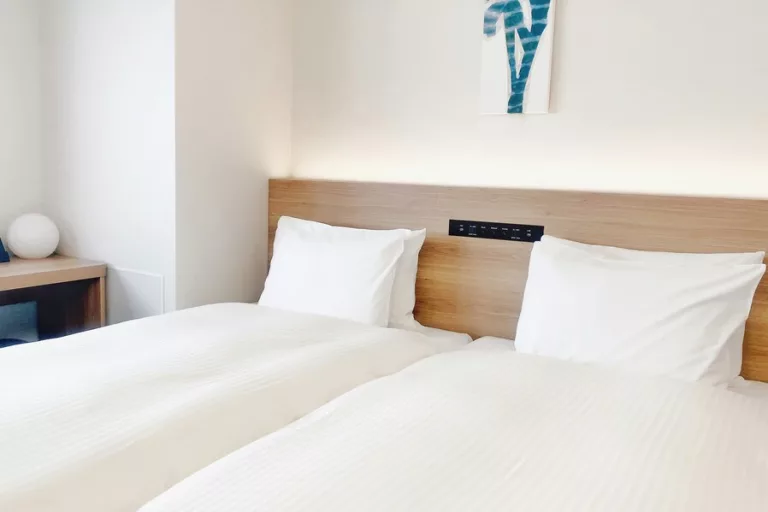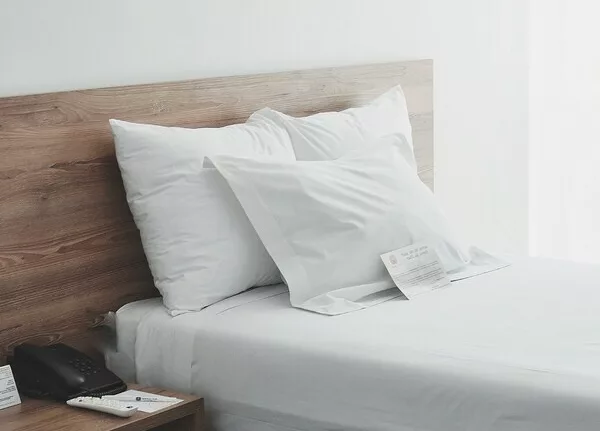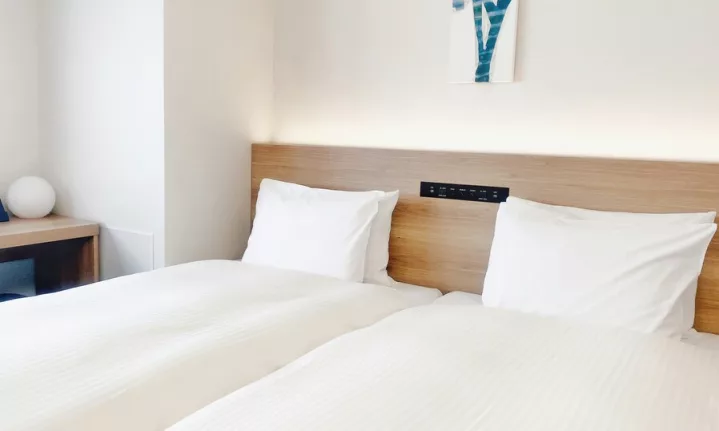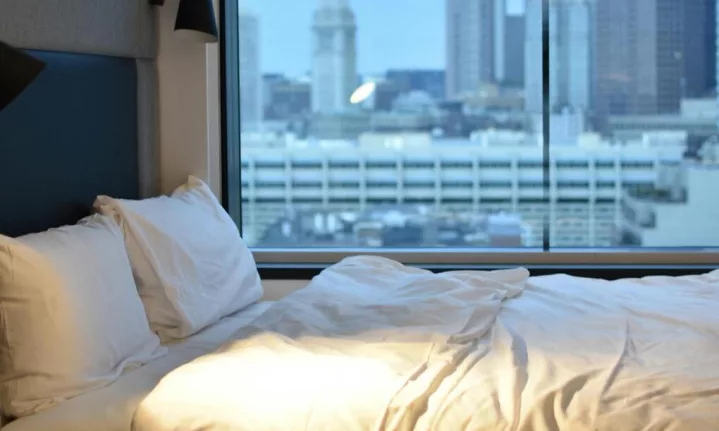A worldwide Google Trend Data reveals that the search term ‘bed bugs’ has seen a 400% uplift in the past month. Travel has now resumed to pre-pandemic levels, seeing many of us travel both nationally and internationally for work, necessity and holidays.
Martin Seeley at MattressNextDay reveals what to do if you believe that your holiday accommodation has a bed bug infestation, and how to ensure that you don’t bring them home.
What are bed bugs?
Bed bugs are small insects that live within both bedding and furniture. They do not have wings, are brown, yellow, or red in colour and appear flat. A common misconception is that the insects are attracted to dirt, this is not the case. Bed bugs are drawn to warmth, blood and carbon dioxide.
How to identify bed bug bites vs mosquito bites
Bed bugs do not transmit viruses or diseases between humans, but they do bite. Bites are raised, itchy lumps that often form a line of three and are hard to touch. They differ from mosquito bites in appearance, as mosquito bites are larger, puss-like and replicate the look of a blister.
How to check for bed bugs
Refrain from unpacking straight away head straight for the bathroom, as tiled and bright surfaces make bed bugs easier to spot. Darken the room by either turning off the lights or closing the curtains. Using your phone’s torch (or one that you have packed), inspect the mattress for bed bugs. It is also worth checking any couches, chairs and other upholstered furniture.
Remember, not only are you looking for the bugs, but yellow eggs and tiny black dots (their excrement), can also indicate an infestation.
Larger infestations emit an odour because of the bed bugs’ pheromones. The scent replicates expired coriander. If the room smells musty in places, it can be because of bed bugs.
What to do if you find bed bugs in your accommodation
Alert the property owner of reception as soon as possible, no matter what the time is. Properties should have a procedure for this instance.
Request that you move rooms and if possible, onto a different floor. However, the room should not be directly above or underneath the room where you found the infestation, as bed bugs can travel through walls and flooring. Ensuring that your new room is as far away as possible will decrease the likelihood of finding bed bugs in your next room.

Unsplash / Masaaki Komori
How not to bring bed bugs home
- Don’t place your luggage on the bed or any other upholstered furniture throughout your stay. Instead, keep it on tiles.
- If you can, avoid unpacking and instead keep garments in your suitcase.
- Vacuum pack your luggage, this will suffocate the bugs, or even better, travel with hard cases as bed bugs find it very difficult to attach themselves to rigid surfaces.
- Place your clothes in a tight-tied plastic bag once you have finished wearing them.
- Wash your garments without detergent at the highest temperature possible. Use a tumble dryer where possible.
- Bed bugs do not do well in high temperatures. Leaving your belongings tied up in a plastic bag and in a hot car or balcony will suffocate and essentially ‘cook’, the bugs. They also freeze in subzero temperatures so if you find a bed bug on just one or 2 pieces of clothing, you can freeze the garment for 4 days to kill the bugs.




















